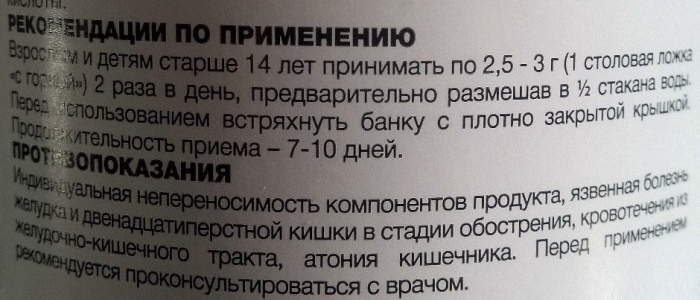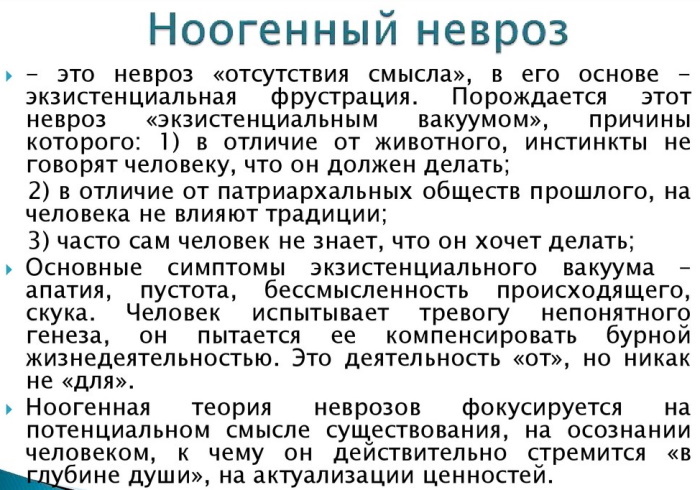Content
- Causes of subluxation of the cervical vertebra in a child
- Classification and stages of development
- Symptoms
- Effects
- Diagnostics
- How to treat a child's subluxation
- Gleason loop
- Medicines
- Muscle relaxants
- Drug-induced nerve root blockade
- Manual therapy
- Osteopathy
- Kinesio taping
- Forecast
- Video about subluxation of the cervical vertebra
Subluxation of the cervical vertebra - violationcharacterized by incomplete displacement of the articular surfaces of the vertebrae. Pathology is often observed in adults, and only in 1 in 10 cases, the disease affects children.
Causes of subluxation of the cervical vertebra in a child
In most cases, the disorder occurs in the atlas (first vertebra). Most often, it develops in children aged 8 to 12 years, since it is during this period that there is a lot of physical activity.
Causes:
- sharp turns of the head;
- trauma when passing through the birth canal;
- blows to the head;
- insufficient development of the cervical muscles;
- inflammatory diseases occurring in the spine and articular system;
- falling on the head or face.
However, the main cause of pathology is injuries sustained during active games, sports or physical education lessons.
Damage can be triggered by the following factors:
- incorrect execution of somersaults;
- violation of the headstand technique;
- diving into the water;
- falls when skating;
- hitting the head or face with the ball;
- accidental blows with the occipital region when exercising on the horizontal bar.
However, the greatest danger is presented by birth defects and anomalies, since they occur immediately after birth and require longer treatment.
Classification and stages of development
The disorder is subdivided into stages and classified according to the cause of origin.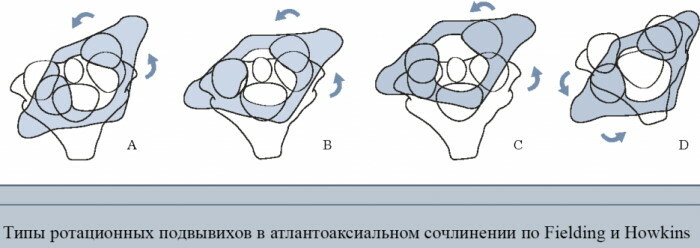
| Pathology type | Description |
| Active subluxation | This form occurs as a result of sudden head movements. Pathology is accompanied by pain of varying intensity, together with involuntary muscle contractions in the neck. |
| Rotary | Pathology is characterized by a change in the position of the head relative to its central axis. In most cases, the disease occurs in newborns with improper head support. |
| Atlas subluxation (C1) | This type of violation is the most common. In this case, there is a deterioration in the mobility of the neck and pain in the area of damage. |
| Subluxation of Cruvelier | The main cause of the disorder is ligamentous weakness or high stress on the neck muscles. Pathology is also observed in children with congenital defects in the structure of the vertebral rings. |
| Kienbeck's subluxation | This form of disorder is the most dangerous, because during its development, nerves are pinched. In some cases, it can lead to complete immobility of the head, which is accompanied by severe pain. |
Also, the disease is divided into stages:
- Fresh subluxation - no more than 1.5 weeks.
- Stale - up to 1 month.
- Old - more than 1 month.

Determination of the stage and types is necessary for the selection of an appropriate therapy, since some methods are ineffective for serious disorders.
Symptoms
Subluxation of the cervical vertebra in a child can occur both in an acute form and have less pronounced symptoms, since the disease does not always manifest itself immediately. This is its main danger, since when the treatment is delayed, various additional complications may arise that complicate diagnosis and therapy.
Pathology is characterized by its own symptomatology, which is different from other diseases. In this case, the signs of an acute course of the disease and chronic (chronic) may differ, including in intensity and severity.
Symptoms:
- neck pain, especially when rotating the head or uncomfortable head position;
- altered head position (tilted forward or tilted to the side);
- limited movement of the head and neck;
- the presence of swelling;
- soreness when palpating;
- tinnitus, hearing loss;
- episodes of dizziness;
- violation of gait;
- decreased range of motion of the upper limbs, weakness;
- feeling creepy on the hands.
If the spinal cord is affected, children may show signs of paresis and paralysis in the lower extremities. In more rare cases, a child develops autonomic disorders, a decrease in attention and memory impairment, flatulence develops and rapid fatigability occurs.
Effects
If treatment is not timely, the violation can lead to serious consequences. First of all, the musculoskeletal system and the nervous system are affected.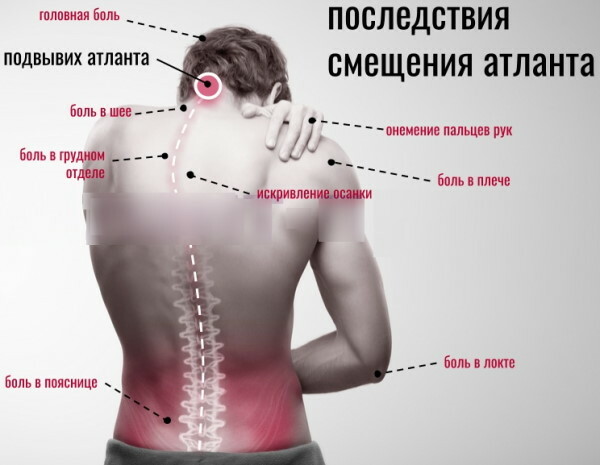
Complications:
- decrease in cognitive functions - impairment of memory and concentration;
- chronic fatigue, fatigue;
- developmental delay;
- visual disturbances - myopia, strabismus;
- various diseases of the spine - scoliosis, osteochondrosis.
As a rule, the disease does not lead to disability, but it can proceed in a complicated form and lead to the development of other disorders.
Diagnostics
Subluxation of the cervical vertebra in a child requires compulsory diagnostics, which will allow differentiating the disease from other pathological disorders of the joints and muscles. At the same time, in order to make an accurate diagnosis, it is necessary to undergo a series of studies, which will also allow you to choose the most appropriate method of treatment.
The main way to diagnose the disease is x-ray of the spine. In this case, the study is carried out using various projections - lateral, straight, oblique.
Also, computed tomography (CT) and magnetic resonance imaging (MRI) are additionally prescribed.
The first ID of the study allows you to establish the height of the disc and the degree of displacement of the articular surfaces. With the help of MRI, you can determine the condition of soft tissues.
Additionally, a consultation and examination with a neurologist is carried out, which makes it possible to establish the presence of neurological disorders. In the case of chronic disorders, an electroencephalogram is performed, which helps to establish the causes of cerebral blood supply.

As an addition to the EEG, an ultrasound of the vessels of the brain can be performed.
How to treat a child's subluxation
Treatment of pathology should be carried out in a comprehensive manner. At the same time, various medications, special devices, manual therapy are used. At the same time, surgical interventions are carried out in rare cases when other methods did not bring the expected result.
Gleason loop
The device is a set of belts, weights and other attachments. The device got its name thanks to the doctor who created it. The loop is designed to stretch the vertebrae and restore full blood flow in the intervertebral space. It is placed on the neck and fixed with straps under the jaw. The upper part of the loop is attached to the crossbar with a cable and the load is installed.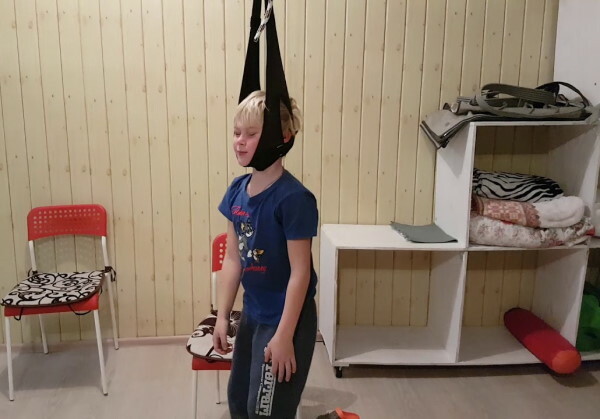
Before using the loop, you need to prepare and relax your muscles. To do this, you can perform a massage or take a warm shower. When doing the exercises, there should be no pain or other uncomfortable sensations.
Complex:
- Pre-stretch your neck. The problem area is gently stroked, punctured and lightly tapped.
- Put on the device and fasten all the belts in such a way as to fix the cervical spine.
- The weighted strap should be pulled through the bar or special block and pulled gently with your hands.
- To weaken the resistance, it is necessary to pull the chin down.
It should be borne in mind that after applying the loop, dizziness may occur, which disappear on their own after rest.
Exercises with the device are recommended to be performed daily in several approaches.
Medicines
Subluxation of the cervical vertebra requires the mandatory prescription of medications, since the problem lies in the violation internal structures of the articular system, which is accompanied by corresponding signs - pain, inflammation and other uncomfortable sensations. At the same time, the list of medicines for adults and children is almost the same.
Drug therapy is carried out as an adjunct. It includes taking various groups of drugs, the action of which is aimed at relaxing the muscles of the neck and restoring the conduction of nerve impulses.
The drugs alone are not able to cope with the disease.
Muscle relaxants
Muscle relaxants can help relieve symptoms. They help to eliminate tension in the muscles of the neck, gradually relaxing them, and also reduce the compression of the nerve roots.
As a treatment, drugs with different duration of action are used - long, medium, ultrashort.
Possible remedies:
- Midocalm. Produced in Hungary in tablet form. The chemical structure of the drug overlaps with lidocaine. The action of the medication is aimed at inhibiting the spinal reflex arcs.
-
Baklosan. Made in Poland in the form of tablets. The drug suppresses painful spasms and helps prevent seizures.
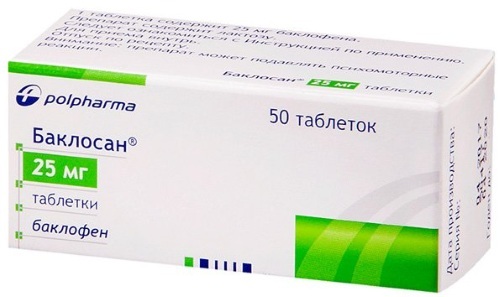
Baclofen (Baclosan) is a muscle relaxant for relieving muscle spasms and
GABA-B agonist - Sirdalud. Produced in Switzerland in tablet form. The drug reduces muscle tone by suppressing the transmission of excitation from synapses.
- Tizalud. Made in Russia in the form of tablets. The drug helps to reduce muscle tone and prevents the development of seizures.
Medicines are selected individually according to the established diagnosis, the age of the child, and the severity of the pathology.
Drug-induced nerve root blockade
Subluxation of the cervical vertebra in a child with the use of anesthetic medications should be used with extreme caution, especially in newborns, since such drugs have multiple contraindications and can lead to the development of side effects actions.
This method of drug therapy is used to eliminate acute pain. Medicines are injected directly into the problem area.
The most commonly used solution is Novocaine or Lidocaine. At the same time, vitamin-containing preparations or hormones are often added to the solution. The composition of the injections is selected individually, based on the problem.
The injections are administered locally. Solutions can be injected into the intervertebral joints only by specially trained doctors (neurosurgeons).
Types of impacts:
- Paravertebral blockade. Medicines are injected into the exit area of the nerve roots, which allows you to quickly eliminate pain and spasms, relieve swelling and improve nerve nutrition.
- Paraarticular block is the introduction of the drug around the affected joint or directly under the skin. The effectiveness of such therapy increases markedly as part of a comprehensive treatment. As a rule, such solutions contain additional components in the form of B vitamins, steroid substances or vasodilating ingredients.
- Intra-articular (intra-articular) injections are given to temporarily delay surgery. Injections of hyaluronic acid consist and are used for severe pain syndrome or subluxation caused by trauma.
Dosages and duration of treatment are determined individually by the attending physician. However, drugs are usually used once to relieve acute conditions, after which treatment is continued in other ways.
Manual therapy
Manual therapy is used to eliminate spasms and clamps in the area of the nerve roots located in the spinal cord. Its action is aimed at restoring the position of the vertebrae and intervertebral discs.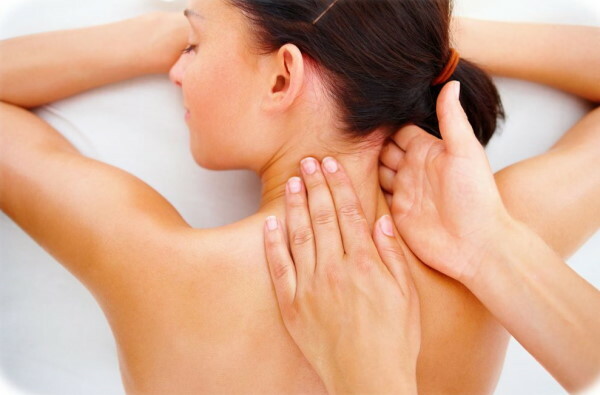
Execution techniques:
- Classic manipulations. This technique allows you to restore the normal position of the spine. The specialist performs slight thrusts with clicks, which leads to the normalization of pressure, to the elimination of headaches and clamps in the neck muscles.
- Mobilization. The technique is used to increase the amount of movement in the neck muscles. At the same time, blood circulation is restored, and edema is removed. During the procedure, the specialist performs rhythmic movements with his hands.
- Post-isometric relaxation (PIR). The essence of the procedure consists in alternating tension and further stretching of the muscles. The technique is aimed at relaxing both muscles and ligaments.
Actions for manual therapy should be carried out only in a specially equipped office by an experienced physician (chiropractor). The massage is performed in the area of the cervicothoracic region and the cervical-collar zone. After the end of the procedure, it is recommended to avoid sudden movements and turns of the head. The standard number of procedures is 10 sessions. However, the duration of treatment and the methodology should be tweaked individually, taking into account the condition of the child.
Osteopathy
Subluxation of the cervical vertebra in a child is eliminated using various therapeutic techniques with and without the use of medications. This feature depends on the complexity of the disease and the age of the child. Osteopathy is a direction in medicine that helps to restore the relationship and work of internal organs and the musculoskeletal system. In this case, drugs are not used.
During the sessions, the patient does not have pain or other uncomfortable sensations, since the specialist carefully acts only on problem areas. Osteopathy procedures can be prescribed to children, even newborns.
All manipulations are performed by hand. During the procedure, the doctor gently, acting on the problem area, restores the correct position of the vertebrae, which leads to the release of arteries and blood vessels. This, in turn, helps to improve blood circulation and eliminate various symptoms associated with subluxation. The number of procedures and exposure time are determined individually according to the stage and form of the disease.
To restore the mobility of the brain or spinal cord, the craniosacral technique is used. To increase the effectiveness of this method of treatment, it is recommended to use it in conjunction with other methods of exposure - manual therapy, drug treatment. The procedure has some contraindications, which should be familiarized with in advance.
Kinesio taping
This technique is part of physiotherapy and was developed by the Japanese physician Kenzo Kase. The essence of the treatment is to apply special self-adhesive patches or tapes to the problem area, which have a good therapeutic effect.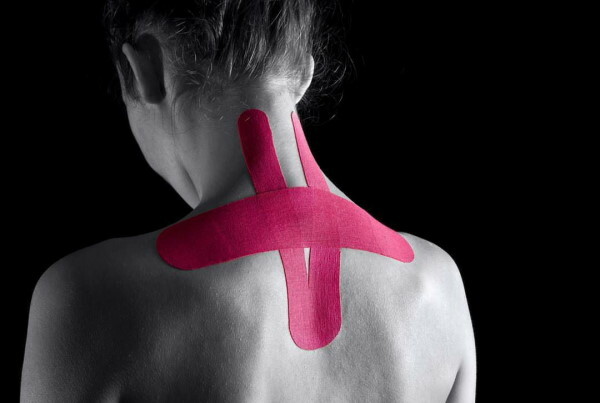
Kinesio tapes (elastic tapes) have a cotton or synthetic base and are covered with a special an adhesive compound that exhibits a therapeutic effect on contact with the body due to its temperature.
The healing effect is due to the elasticity of the tape, which tightens the skin around the problem area, thereby affecting it.
Effects:
- elimination of pain and discomfort;
- reduction of swelling and inflammation;
- acceleration of the processes of regeneration of damaged tissues;
- prevention or complete relief of muscle spasms and cramps;
- muscle recovery;
- maintaining muscles and joints, increasing range of motion and relieving stiffness;
- increasing muscle strength and tone.
It is necessary to wear such a tape for several days. At the same time, the tool has no side effects and is available for every patient.
Before using kinesio taping, you should first familiarize yourself with the contraindications.
Forecast
In most cases, the prognosis is good. In this case, the success of the treatment depends on the possibility of reconstructing the normal anatomy between the damaged vertebrae.
Timely and adequate complex therapy helps to completely get rid of the disease.
With old forms of pathology, the prognosis depends on many different factors. However, with surgical treatment in combination with other techniques, it is also possible to achieve a complete clinical cure.
In this connection, with various injuries in a child and the development of any symptoms indicating subluxation of the cervical vertebra, you should immediately consult a doctor.
Video about subluxation of the cervical vertebra
Subluxation of the vertebra:


